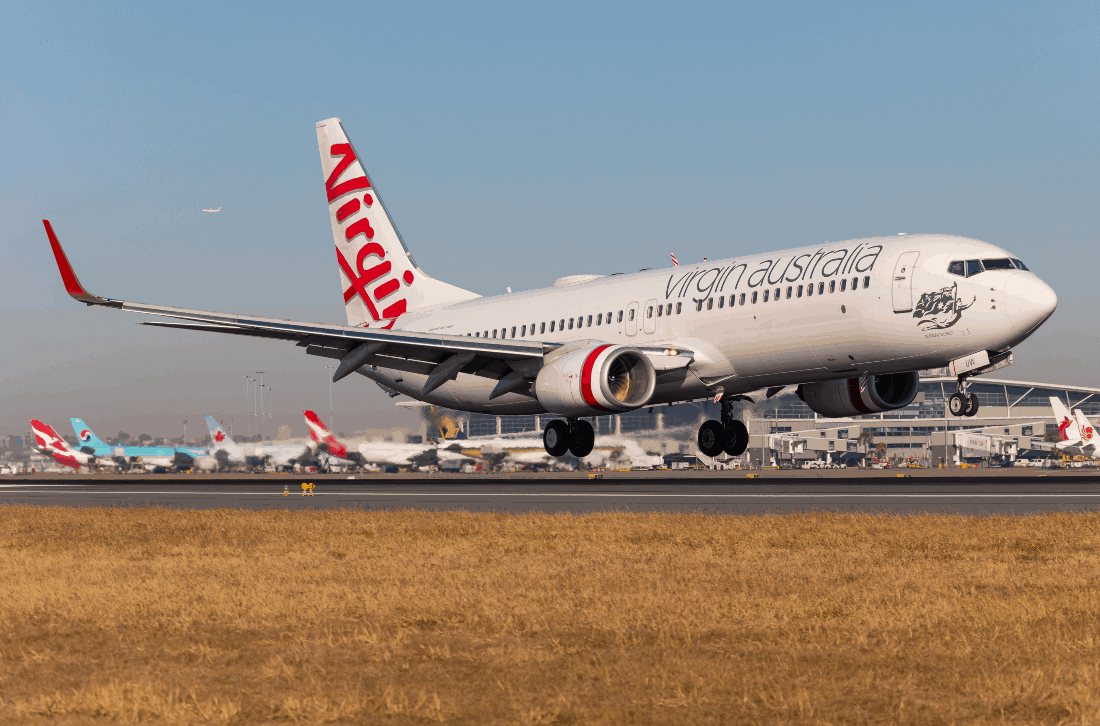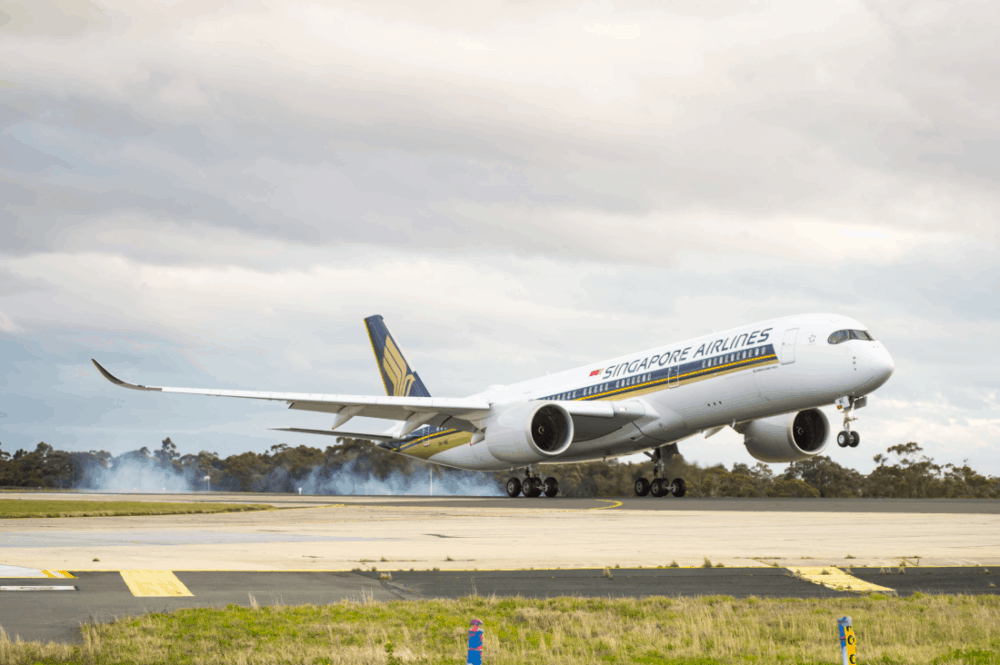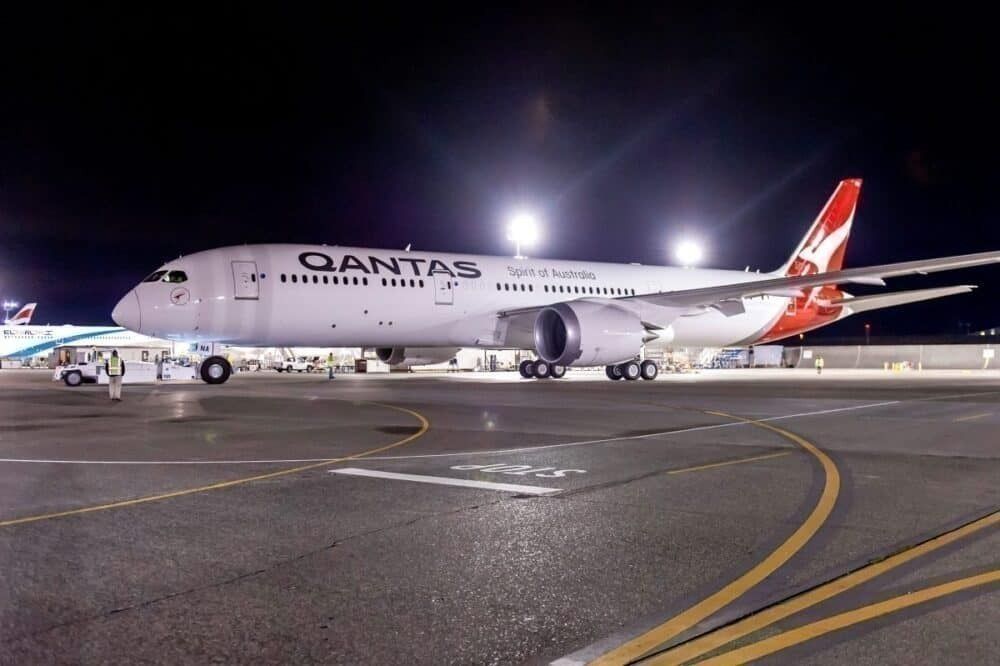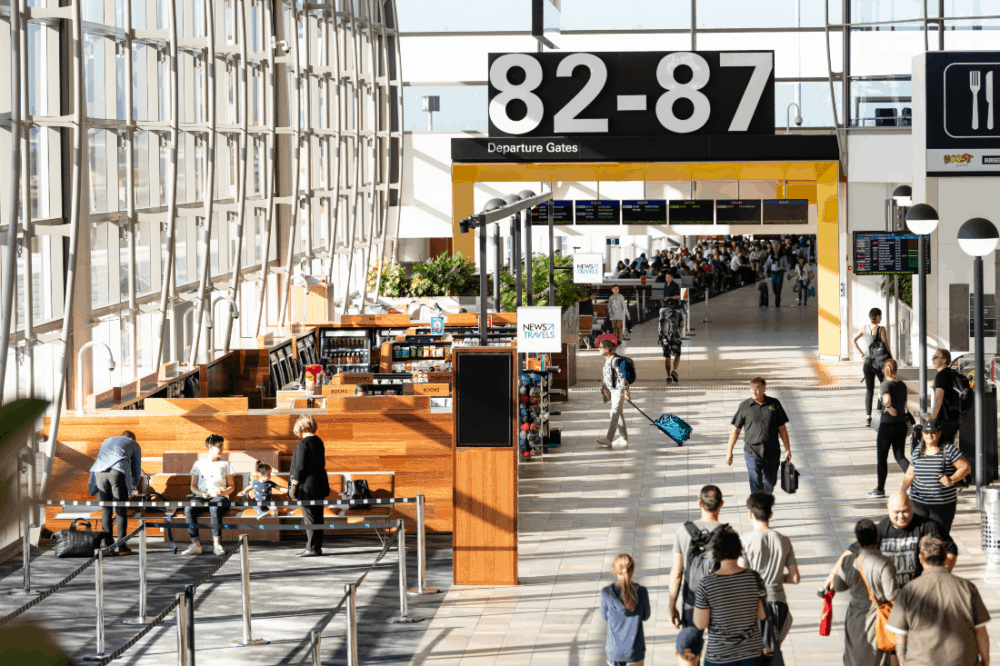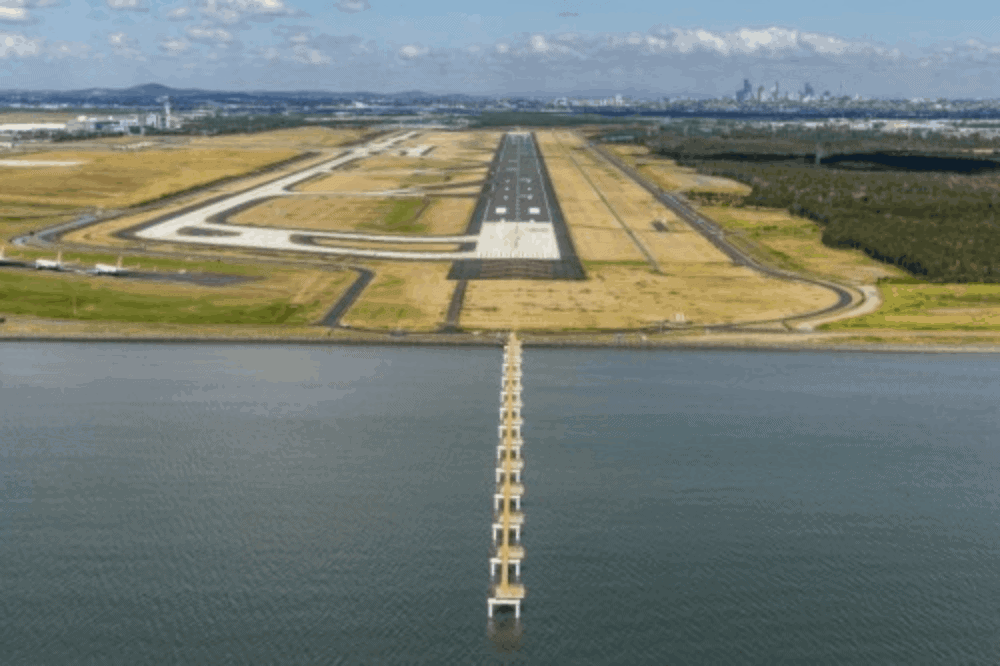Australia's third busiest airport has wrapped up the 2019/20 financial year with mixed results. Success attracting new airlines last year and the recent opening of the new multi-billion dollar runway was tempered with a steep decline in traffic. But the airport has its eye on the future and is poised to benefit as Queensland slowly begins to re-open for business again.
Passenger numbers at Brisbane fall this year
In the year ending June 30, passenger traffic through Brisbane Airport fell 24.5% to just under 18 million. The airport handled 4,660,990 international passengers, a decline of 24.8% on the previous year, and 13,298,324 domestic passengers, a drop of 24.5% on the 2018/19 year.
Despite what Brisbane Airport called a 'promising start' to the financial year, COVID-19 left a trail of destruction in the latter half of the year.
"The impact has been very significant for airports as well as for airlines and the millions of people whose livelihoods are reliant on the services provided by the aviation industry," said Gert-Jan de Graaff, Brisbane Airport's CEO yesterday.
Stay informed: Sign up for our daily aviation news digest.
Last year, airlines were adding services and capacity to Brisbane
The financial year got off to a good start at Brisbane as AirAsiaX launched its inaugural flights between Brisbane and Bangkok's Don Meuang Airport. The four times a week service was expected to carry 150,000 passengers annually.
At the time, business was booming at Brisbane Airport. Passenger traffic in both the international and domestic terminals was up, and new airlines were adding the city to their schedules. Several existing airlines were also adding flights and capacity.
Royal Brunei Airlines was adding to its Australian network by launching flights between Bandar Seri Begawan and Brisbane. Singapore Airlines was upgrading to A350 aircraft on its four daily services.
Eva Air was increasing the size of its aircraft and the number of weekly flights on its seasonal services. China Southern Airlines was increasing the frequency of its seasonal services between Guangzhou and Brisbane from three to ten flights a week.
At the time, Gert-Jan de Graaff was pretty pleased, saying the potential for growth at the airport was "exponential."
Qantas services the icing on the cake for Brisbane
The icing on the cake for Brisbane Airport was Qantas announcing it would kick off non stop flights to both San Francisco and Chicago. It was a rolled gold win for the airport. There were no direct services between Brisbane and San Francisco at that point. Plus, the Chicago service would be the first regularly scheduled nonstop flight between Australia and the midwest American city.
Brisbane might not have seemed a natural launching pad for new Qantas services. After all, the city is not as high profile as Sydney or Melbourne. But the Qantas 787-9 doesn't quite have the wings to make the nonstop flight from Chicago fully laden to the more southerly cities.
Also, Brisbane was the best-connected airport in Australia. It had more flights to more Australian domestic destinations than any other airport. Brisbane Airport is a natural funnel point for passengers hopping on and off those flights.
Border closure to travelers from China a sign of things to come
The airport was well able to pop a few champagne corks over Christmas. 2019 had been a good year. But impending events were the blackest of black swan events no-one had predicted.
Over the southern summer, Brisbane Airport kept humming. The lounges were still open. The baristas were still pulling coffees, and flights were pushing back.
“Brisbane, as we know it is evolving and going from strength to strength," said the airport's CEO in January.
Gert-Jan de Graaff also noted China was one of the Brisbane Airport's top inbound international markets. In ominous signs of things to come, by early February, Australia had closed its borders to travelers from China.
Flights and passenger numbers collapse
By March, international airlines were busy suspending flights to airports around Australia. Local carrier, Virgin Australia and Qantas, who both operated a lot of international services from Brisbane, scaled back their international networks to almost nothing. The highly touted flights to Chicago got "suspended." Virgin Australia's vaunted flights between Brisbane and Haneda never took off.
In the same month, Queensland closed its borders to interstate travelers, wiping out domestic operations in Brisbane. Between March and April, there was a 95% drop in the number of domestic passengers moving through Brisbane Airport.
Over at the international terminal, there was an average of just 32 weekly scheduled international flights between April and June. By comparison, in the last half of 2019, there were almost 700 weekly scheduled international flights. On two days in May and two days in June, no international passengers arrived or departed from Brisbane Airport.
Airport stays open, hosts some unfamiliar airlines
“Throughout the COVID crisis, the Brisbane Airport Corporation team has met all challenges with courage, care, collaboration, and creativity," says Gert-Jan de Graaff.
“We have kept the lights on and our airfield fully operational during the darkest of days, ensuring essential health, repatriation, and freight flights could continue."
While the tarmac and terminals at Brisbane went quiet, the airport did host a few unusual flights. In an unheralded last hurrah, Virgin Australia flew in nonstop from Paris after running a repatriation flight. Egyptair has also come in from Cairo, Nepal Airlines scooted in from Kathmandu, Omni Air has touched down, and Qatar Airways is temporarily running services to Brisbane. That's a lot of liveries you don't usually see in Brisbane.
There is some room for optimism at Brisbane
It hasn't been all gloom and doom over the past few months. After an eight-year built and 50 years on the drawing boards, the airport's second runway has just opened. The runway is 3,300 meters long and incorporates 12 kilometers of new taxiways. According to Brisbane Airport, it now has the biggest runway capacity of any capital city airport in the country.
While neither of Brisbane's two runways is getting huge amounts of traffic right now, the airport is enjoying a bit of a bounce. Australia's international borders remain sealed tight for the foreseeable future, but Queensland is unwinding its ban on interstate travelers. That has seen a rush as domestic travelers head to Queensland for some sunshine. Both Qantas and Virgin Australia have upped their domestic services into Brisbane from intrastate regional centers and from other interstate capitals.
After a lean few months, tourism operators in Queensland are smiling, and airports in the state, including Brisbane, are seeing the flow-through effects.
While it is a long way from business as usual, it is a trend in the right direction for Brisbane Airport.

